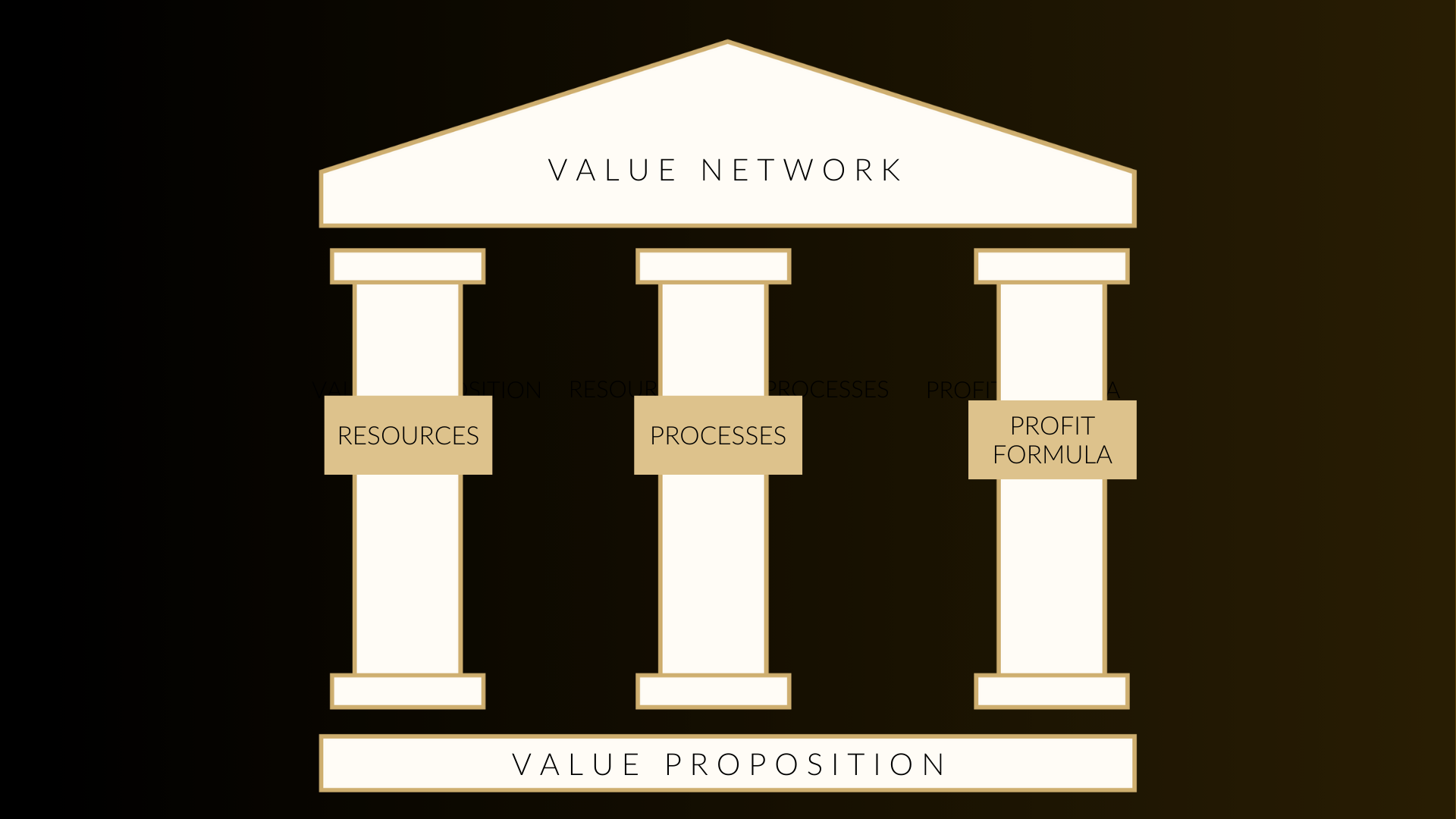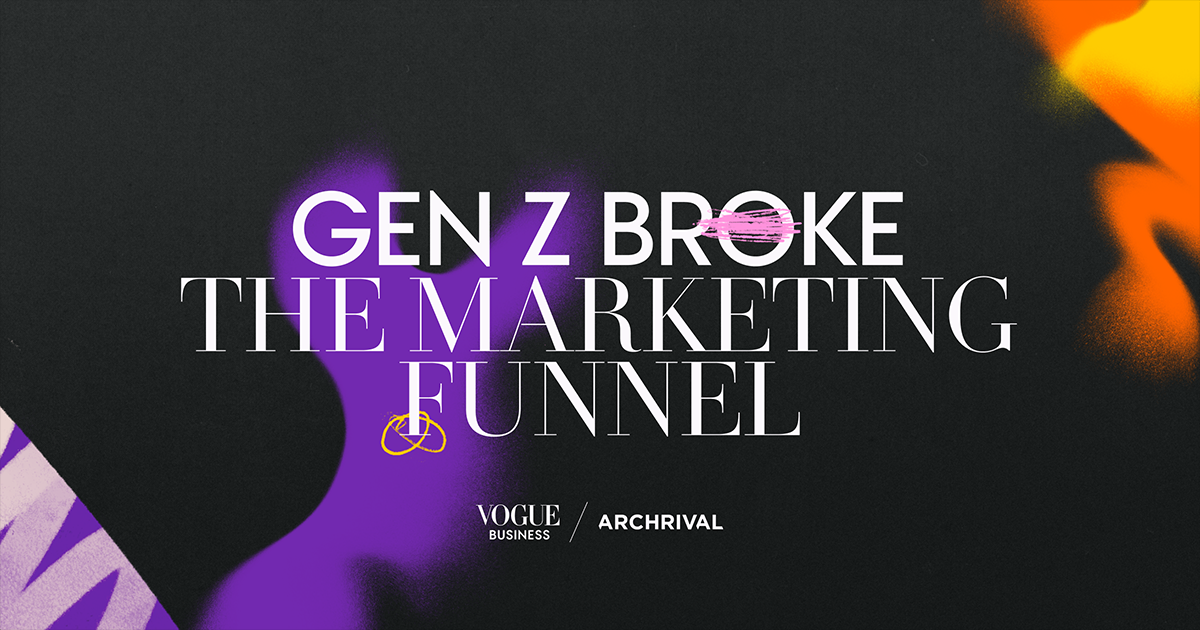
LATEST POST
When Personalization Backfires
Is it personal? Or is it just “creepy and irrelevant”?
Most popular content
Most recent content

Live Music: Better than Sex?
Researchers measured oxytocin levels (the “love hormone”) in concertgoers before and after a live performance. Here are the surprising results.

The problem with arts industry reports
You listen attentively to every industry report, waiting for that one nugget that will change your strategy. But halfway through, that nagging voice in your head always whispers: “How is this actually helpful?”

Noise < Signal
Most arts organizations can’t tell what’s driving growth—and what’s just noise. Not because they’re not measuring. But because the system itself was never designed to give them real answers.

Arts funding just got slashed. Now what?
The arts sector can’t catch a break. Audience declines. Shifting consumer behaviors. A global pandemic. And now—drastic cuts in federal funding. It’s time to rethink our business model.

Churn Isn’t Failure. It’s Our New Reality.
Only 9% of people are brand loyal. So why are we still building arts models that depend so heavily on loyalty?

Not All Innovation Sparks Growth
Ask any arts leader how to fix audience decline, and you’ll hear a familiar answer: "We need to innovate." They’re not wrong. But they're innovating in the wrong places.

This is how it’s done.
Hatch created a campaign for the Peabody Essex Museum and it is absolutely next level. I am gobsmacked.

Defining business models in the arts sector
Most arts leaders who say ‘We need a new business model’ have no idea what a business model actually is. Let's break it down.

Arts Organizations Aren’t Failing. Their Outdated Models Are.
Business models are designed to defend the assumptions they were built on—even when external realities shift.

Open Letter to LinkedIn: Arts & Culture Belongs Here
For arts and culture professionals, LinkedIn makes it surprisingly hard to identify our profession. There’s no “Arts & Culture” category. Instead, we’re left cobbling together an identity from multiple unhelpful options.

Stop Segmenting Like It’s 1999
If you're only segmenting your audience by purchase behaviors or demographics, you're overlooking a massive opportunity for radical growth.

Find Your Blue Ocean: Create New Markets Instead of Fighting for Old Ones
This seeming existential crisis is actually a moment of huge opportunity. You just need to rethink the decades-old audience development playbook—and find your Blue Ocean.















Arts orgs have long relied on demographic and transactional data to segment their audiences—age, income, ticket history, and zip code serving as proxies for interest and intent. But these traditional models have lost their predictive power.